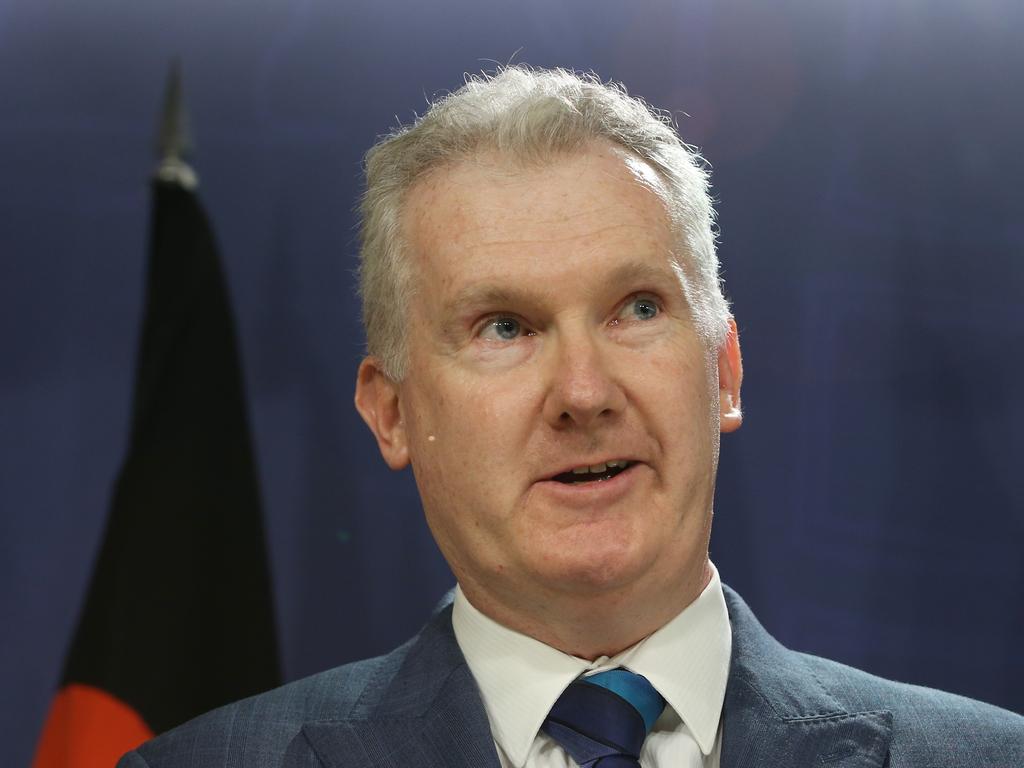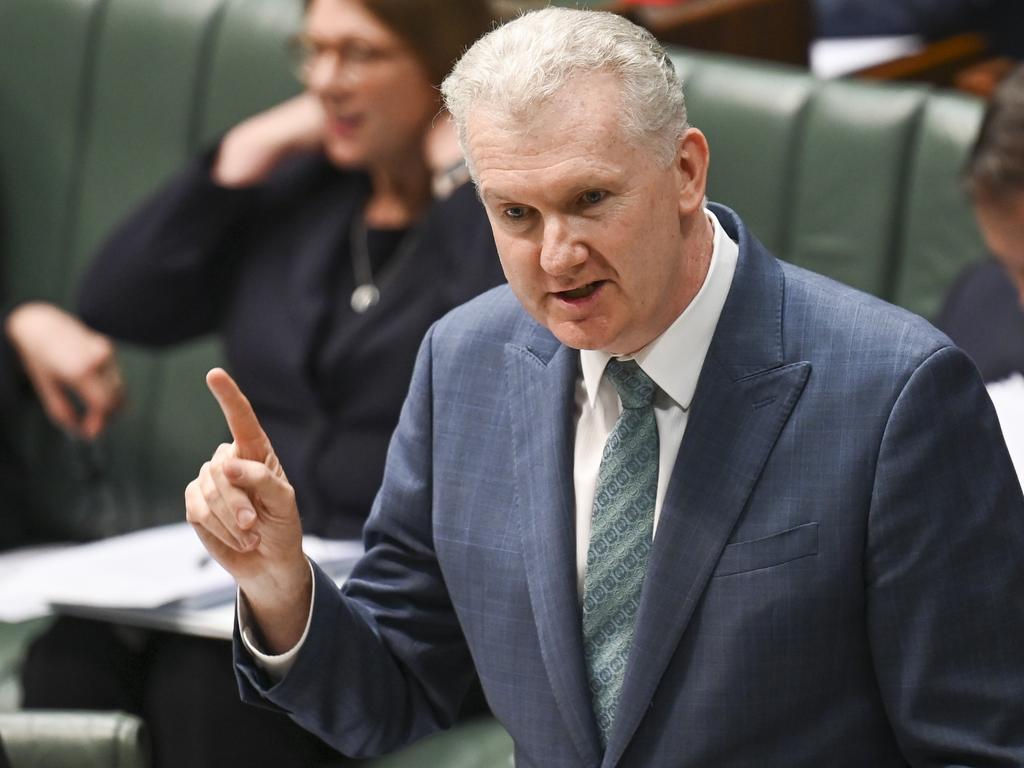Workplace reforms in medical research sector are putting lives at risk
Labor faces warnings its IR changes could increase costs for Australia’s medical research institutes, making them financially unviable and risking lifesaving research.

Australian medical research institutes could lose the ability to conduct “high-quality, lifesaving research” because of Labor’s industrial relations changes, with the sector warning some may fail while others could be saddled with extra costs of up to $3m a year.
The Association of Australian Medical Research Institutes told The Australian that new fixed-term contract changes which took effect on December 6 “will have significant negative ramifications for the MRI sector” across the nation, would “increase the costs of running a medical research institute”, and were a “serious problem”.
Some of AAMRI’s 58 members include the Menzies School of Health Research, the Black Dog Institute, the Doherty Institute, the Garvan Institute of Medical Research, the Burnet Institute, the QIMR Berghofer Medical Research Institute, the Victor Chang Cardiac Research Institute, the John Curtin School of Medical Research and Eye Research Australia. The sector has more than 20,000 staff and students, including some 13,000 researchers.
Under the December 6 workplace changes, new rules apply when engaging employees on fixed-term contracts. Employers can no longer employ someone on a fixed-term contract that is for longer than two years, that has more than one extension option, or where the employee will be employed under consecutive contracts.
But AAMRI chief executive Saraid Billiards said the MRI sector operated on a combination of fixed-term and permanent contracts and that medical research institutes were “in a bit of limbo”.
“Researchers predominantly rely on funding from government, but more recently have come to rely on other funding sources, such as philanthropy and commercial investment. Typically, these funding sources operate in cycles of one to five years, and with the unpredictable nature of securing funding (with success rates often below 10-15 per cent from major government funders), short-term contracts provide more assurance than casual employment, as the financial risks associated with redundancies are borne by the MRIs themselves,” she said.
“Ideally, it would be great to offer everybody full-time positions – that’s great – but it’s not how the landscape works,” she said. “The legislation says all those people need to be put onto permanent contracts. If our sector does that, it means that – if the funding runs out for the research and no alternatives can be found – then you have to go through a redundancy process and that costs money and that money can’t be extracted from grants. That has to come from the additional cost of research. That puts an extra layer of pressure on MRIs.
“While stability for our researchers is an ideal goal, without changes to the funding system, these changes may impact the ability of our medical research institutes to produce high-quality, lifesaving research,” she said.
“For some of the smaller institutes, this change could mean an extra $100,000 a year is needed. For some of our bigger ones it could range up to $3m – which is a significant additional cost.”
A spokesman for the Department of Employment and Workplace Relations said the government believed fixed-term contracts had a “legitimate purpose in helping employers to source workers to perform discrete tasks for a fixed period”. However, he also warned they could “exacerbate job insecurity for employees when they are used for the same role over an extended period, or where employees are subject to rolling contract renewals for jobs that would otherwise be permanent.”
The department spokesman said the new limitations on fixed-term contracts were not intended to disrupt the use of fixed term contracts “where genuinely necessary and appropriate”.
“The legislation includes a range of exceptions to the limitations, some of which may apply in the medical research sector, for example, to allow the use of fixed-term contracts where the employee is earning above the high-income threshold, or where a contract is funded in whole or in part by government funding in certain circumstances.”
Opposition workplace relations spokeswoman Michaelia Cash told The Australian the issues raised by the medical research sector were “extremely concerning”.
“The medical research sector is too important to be jeopardised in this way. The Albanese government needs to immediately look at solutions to clean up their legislative mess and ensure that vital medical research is not put at risk,” she said.
Dr Billiards warned the viability of some MRIs could be threatened and that the extra costs faced as a result of the fixed contract changes would mean the research being done in Australia could become “very risk averse”.
“That’s not good for the sector. It’s not good in ensuring we make advances in health and medical research which impacts on the health of Australians,” she said.
“Ultimately, it could have a significant impact on the excellent research that Australia does.
“We would recommend that changes be made to the exceptions to limitations outlined in subsection 333F (1a, 1e and 1f) of the Act. If the MRI sector is not carved out of these provisions, or if they are not at least significantly amended, the unintended consequences will undermine research in Australia, jeopardise financial security and sustainability of MRIs, result in substantial job loss, and drive research offshore.
“I’ve tried to get some meetings with the Department of Workplace Relations to be able to have a voice at the table. We are hoping to have more conversations now we are into the new year,” she said.
Jessica Tinsley, director of workplace relations at the Australian Chamber of Commerce and Industry, said the government had “assured employers that rely on government and philanthropic funding, such as charities, universities and medical research institutes, that they would be exempt from the new restrictions on fixed-term contracts”.
“However, to comply with the exemption they must prove that after two years there is ‘no reasonable prospects’ that the funding will continue,” Ms Tinsley said. “ACCI warned the government that this was an impossibly high bar to meet, and we are now seeing employers in the charity and medical research sectors paying the price for the government’s sloppy drafting.”






To join the conversation, please log in. Don't have an account? Register
Join the conversation, you are commenting as Logout